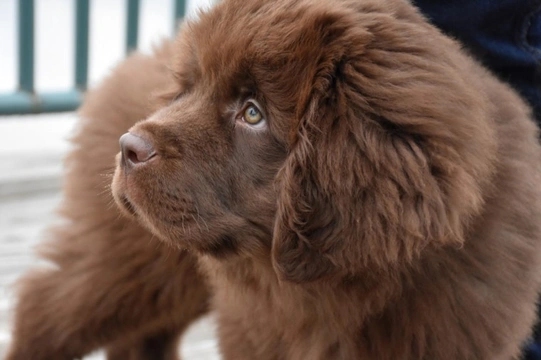
Are some types of dog safer with children than others?
There is a huge amount of debate in the UK (and other countries) about whether or not there’s any such thing as a dog breed that is dangerous per se, or if such issues come from how a dog is bred, managed, trained and treated.
Despite the UK’s breed-specific legislation in the form of the Dangerous Dogs Act, there is actually no proof that any breed or type of dog is more dangerous than any other, although some of the factors taken into account to assess the potential risk posed by any given dog are sound; such as their physical ability to inflict serious harm, regardless of their likelihood or intent to do so.
There is a significant amount of debate and discussion too about what type of dogs are good with children, if some breeds are better with children with others, and if there are breeds to avoid, for whatever reason.
A very commonly asked question is “are some types of dogs safer with children than others?” And the simple answer to this is yes – but not in the way that you may be thinking!
With this in mind, this article will look at what types of dog are safest with children, and what types of dogs are likely to be a risk to keep with children. Read on to learn more.
What type of dogs are dangerous or risky to children?
There is a very definite dog type that is risky or even outright dangerous to children, but this isn’t a breed or defined hybrid type; in fact, it is a combination of factors that can occur in any dog, regardless of their breed or ancestry.
Any one of these factors alone make a dog a potential risk to children; the more of them a dog possesses in combination, the more dangerous they may be.
So, types of dog are dangerous to children?
Dogs that are untrained and unruly.
Dogs that are poorly managed or supervised.
Dogs that think they are the alpha, or in charge of people.
Dogs that have been mistreated, teased, or neglected.
A dog that is being provoked.
Dogs that are frightened or defensive around people in general.
Dogs that are trapped in close quarters with a child and that cannot retreat.
What type of dogs are safe with children?
Factoring in the above, there is also a quite well-defined set of traits that combined, make a dog low risk to children. These might be the safest dogs around children overall, but it is important to think in terms of “safer” and “safest” rather than “safe” as a definitive term, as animals always have variables and you can never 100% guarantee a dog’s reactions in every situation.
So, what traits should you look for in dogs that are safer with children?
Dogs that are well trained and well behaved.
Dogs that are appropriately managed and supervised, and responsive to commands.
Dogs that understand their role in the world and that defer to their human handler for direction.
Dogs that have had positive experiences with people and that have been treated with kindness and respect; some dogs that have at some point had poor experiences or been mistreated can be rehabilitated, partially or in full, to improve upon this.
Dogs that are calm, confident but not dominant, and laid back around people in general, and children in particular.
Dogs that have spent a lot of time around children and are very used to their range of behaviours.
Dogs that are afforded enough personal space and respect by the child to be able to back off if they want to.
Are large and strong dogs more of a risk to children?
Just because a dog is physically enormous like the Newfoundland doesn’t mean in any way that such a dog will be more likely to deliberately hurt or bite anyone; and in fact, larger dogs tend to be taught better manners as a result of their size. There is no correlation between a dog being very large, and a tendency to bite or be aggressive.
One caveat to that is that a very large dog could quite easily harm a child – even seriously – purely by accident, by knocking them over, crushing them, swiping them with a paw, or even playing too vigorously. This is something their owners should be aware of, and supervise the dog with the child and train them to be gentle as a result.
Are petite and toy dogs less of a threat to children?
Tiny dogs like the Chihuahua might not be able to inflict as much physical damage in an attack as a larger dog. Does this make them less of a threat to children than a larger dog? Well, only when it comes to the risk of accidental injury.
However, a tiny dog can still be aggressive, combine traits that make them more dangerous to children, and snap or bite; and in some cases, smaller dogs are less well managed and trained than big dogs as they’re seen as less of a threat in general.



